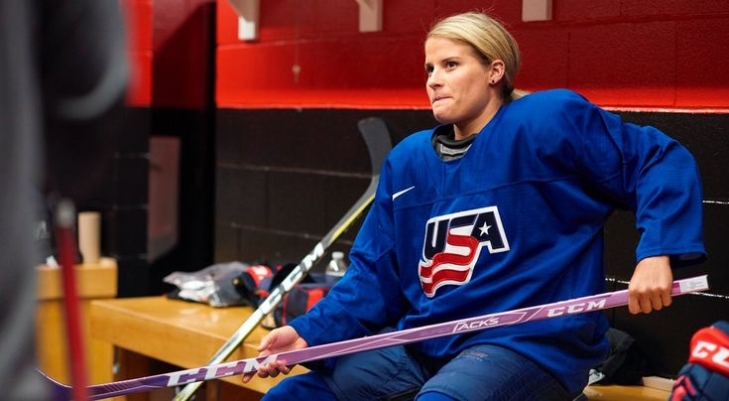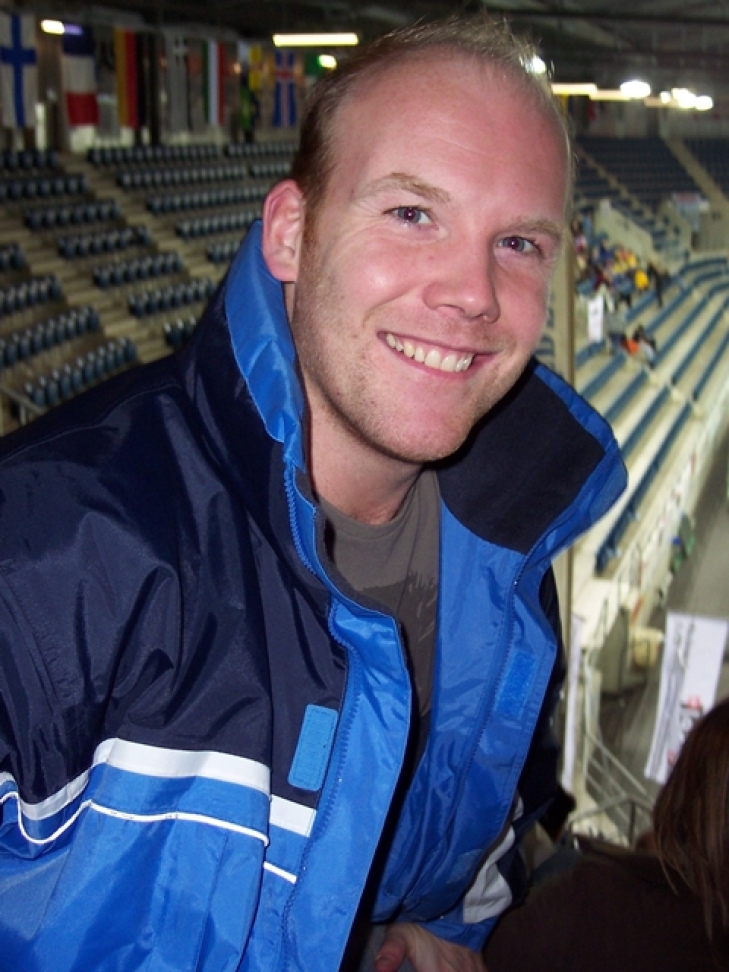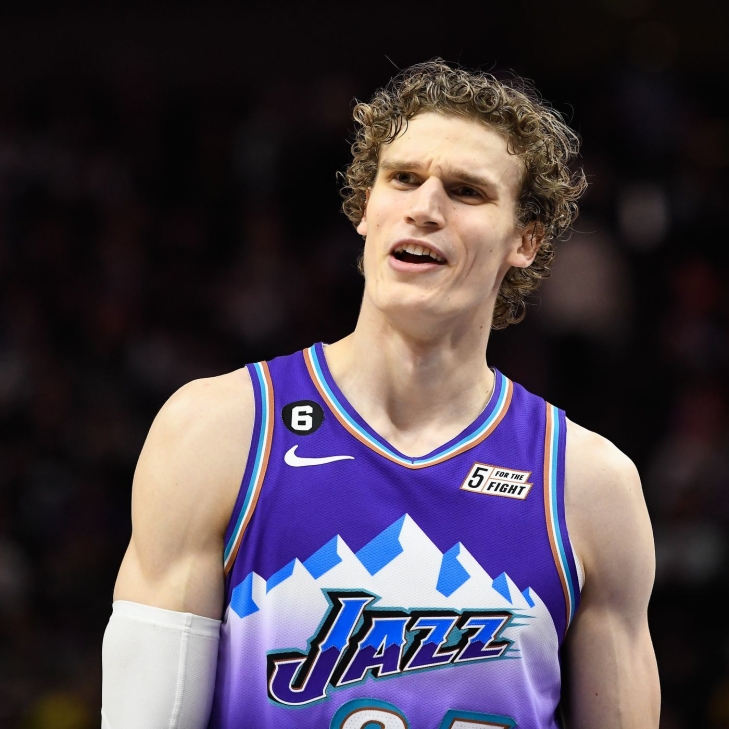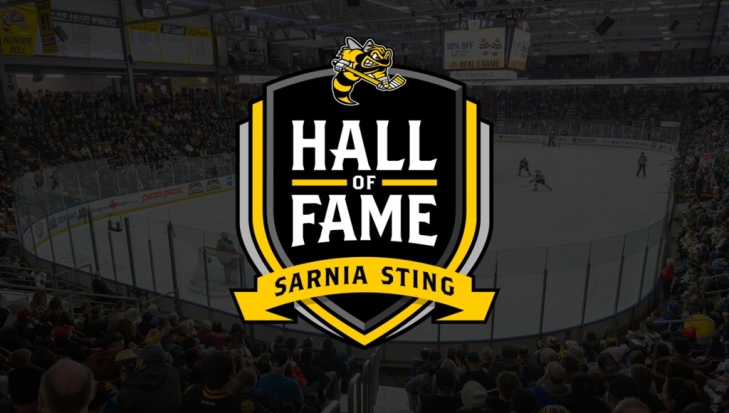
Committee Chairman
Brianna Decker Retires
One of the top female American hockey players is calling it a career, as Brianna Decker has announced that she is retiring from U.S.A. Hockey.
Decker compiled 170 Points in 147 Games, and won Gold at the 2018 Olympics along with two Silvers (2014 & 2022). At the World Hockey Championships, Decker won Gold six times (2011, 2013, 2015, 2016, 2017 & 2019) and Silver twice (2012 & 2021).
Collegiately, she led the University of Wisconsin to a National Championship in 2011 and won the Patty Kazmaier Memorial Award the year after as the NCAA MVP. On a club level, she was a two-time National Women’s Hockey League.
We are not sure if she will make the Hockey Hall of Fame, but Decker should be a lock for the United States Hockey HOF.
We here at Notinhalloffame.com would like to wish Brianna Decker the best in her post-playing career.
The World Curling Hall of Fame announces the 2023 Class
The World Curling Hall of Fame will be inducting five new members into their institution; three curlers and two from the builders category.
The new entrants are:
Kate Caithness, Scotland (Builder): Caithness was the World Curling President from 2010 to 2022, and helped propel Wheelchair Curling into the Paralympics.
Jack Lynch, Canada (Builder): Lynch was well-respected journalist, who covered curling mostly in Quebec. He was pivotal in increasing membership associations that helped qualify Curling as an Olympic sport.
Ewan MacDonald, Scotland (Curler): MacDonald is a three-time World Champion (1999, 2006 & 2010), a two-time European Champion (1999 & 2008) and he represented Scotland in ten World Championships.
Peter Smith, Scotland (Curler): Smith represented Scotland 11 times, winning the World Championship three times (1991, 2006 & 2009), with five Silvers and a Bronze. He is also a three-time European Champion (1988, 2007 & 2008).
Bill Strum, United States (Curler): Strum was a two-time World Champion (1974 & 1978), while also winning a Silver and Bronze.
We here at Notinhalloffame.com would like to congratulate the newest members of the World Curling Hall of Fame.
Notinhalloffame NBA Cup Standings Update (220)
If you are a regular visitor at Notinhalloffame.com, you know that we created the Notinhalloffame NBA Cup, where in every regular season game, we award points (5-4-3-2-1) to the top five performers. This is the third year that we have done this, and Denver’s Nikola Jokic won the first two.
To keep everyone regularly in the loop this time, we have decided to give regular updates, starting at when the first player cracked 100 Points, and tell all of you the top ten. We will this going forward with every update as the first player breaches the elevated ten-point threshold afterward.
Here is the current top ten, based on the first player to breach 220 Notinhalloffame Cup Points:
1. Nikola Jokic, Denver Nuggets, 208 Cup Points: 55 Games, 24.6 PPG, 11.0 RPG, 10.0 APG, 1.3 SPG, 0.7 BPG, 31.9 PER, 12.3 WS. (#2 on last ranking)
Well look who is back at the top! Jokic moves into the top spot and the two-time and defending MVP winner (and NIHOF Cup Champion) is leading the league in PER (31.9), Win Shares (12.3), VORP (7.1) and Box Plus/Minus (13.2). He is also averaging a triple-double.
2. Luka Doncic, Dallas Mavericks, 216 Cup Points: 53 Games, 33.2 PPG, 8.8 RPG, 8.1 APG, 1.5 SPG, 0.5 BPG, 30.1 PER, 9.1 WS. (#4 on last ranking)
Doncic has rebounded to number two, and is the NBA’s current scoring leader (33.2), and is second in VORP (5.8) and Box Plus/Minus (10.0) while currently placing third in PER (30.1) and Win Shares (9.1).
3. Giannis Antetokounmpo, Milwaukee Bucks, 213 Cup Points: 50 Games, 31.3 PPG, 12.0 RPG, 5.4 APG, 0.8 SPG, 0.8 BPG, 28.6 PER, 6.8 WS. (#5 on last ranking)
The two-time MVP would have probably been on the top had he not missed a series of Games earlier in the season, but has also been a little hurt lately, though he gained two places. He is now a six-time All-Star, and is in the top five in both Points and Rebounds per Game.
4. Jayson Tatum, Boston Celtics, 211 Cup Points: 59 Games, 30.3 PPG, 8.7 RPG, 4.7 APG, 1.0 SPG, 0.8 BPG, 23.8 PER, 8.0 WS. (#1 on last ranking)
Tatum did not have any Cup Points on his last two Games, and it led to him plummeting three spots from the top to #4. He is still a huge threat to win this award, as well as the MVP, and should finish over 30 Points per Game (he is currently sixth).
5. Joel Embiid, Philadelphia 76ers, 210 Cup Points: 48 Games, 33.0 PPG, 10.4 RPG, 4.1 APG, 1.1 SPG, 1.6 BPG, 30.5 PER, 8.6 WS. (#3 on last ranking)
Embiid slid down two spots to number five, but is a bona fide MVP contender. He is currently second in PPG (33.0) and is second in PER (30.5). Embiid is also in the top five in Wins Shares, VORP and Box Plus/Minus.
6. (TIE) Ja Morant, Memphis Grizzlies, 201 Cup Points: 52 Games, 27.1 PPG, 6.0 RPG, 8.2 APG, 1.0 SPG, 0.3 BPG, 23.9 PER, 5.7 WS. (#7 on last ranking)
Morant is the face of the Grizzles, and he is posting similar numbers from last year, when he took Memphis to the next level. Saying that, Memphis, is in a weird state right now, as is Morant, who has become a somewhat controversial figure.
6. (TIE) Julius Randle, New York Knicks, 201 Cup Points: 64 Games, 25.0 PPG, 10.5 RPG, 4.2 APG, 0.7 SPG, 0.3 BPG, 21.1 PER, 7.7 WS. (#6 on last ranking)
Randle continues to climb the list, and currently has a higher PPG (24.9), than his All-Star year two years ago.
8. Shai Gilgeous-Alexander, Oklahoma City Thunder, 200 Cup Points: 54 Games, 31.0 PPG, 4.7 RPG, 5.7 APG, 1.6 SPG, 1.1 BPG, 27.3 PER, 9.1 WS. (#6 on last ranking)
Gilgeous-Alexander went to his first All-Star Game, and is shattering last year’s averages, which were already good. He is currently injured, and fell two spots sine the last update, but has broke through to the upper tier.
9. Trae Young, Atlanta Hawks, 188 Cup Points: 55 Games, 27.1 PPG, 2.9 RPG, 10.1 APG, 1.0 SPG, 0.2 BPG, 22.2 PER, 5.1 WS. (#9 on last ranking)
Young is the face of an intriguing Hawks squad, but was unable to make the NBA All-Star Team.
10. Lauri Markkanen, Utah Jazz, 183 Cup Points: 57 Games, 25.3 PPG, 8.6 RPG, 1.8 APG, 0.6 SPG, 0.6 BPG, 22.6 PER, 7.7 WS. (Not on last ranking)
Markkanen is now the first player from Finland to be an All-Star and after two months, he returns to the top ten in Cup Points. This the year of his life.
Our next update will happen after the first player breaches 230 Cup Points.
The Sarnia Sting name their first Hall of Fame Class
Regular visitors of Notinhalloffame.com know that we are slowly working on the top 50 of every major team in the NHL, NBA, NFL and MLB. Once that is done, we intend to look at how each team honor their past players, coaches and executives. This will eventually extend towards other leagues. As such, it is important to us that the Sarnia Sting of the Ontario Hockey League have announced that the formation of their franchise Hall of Fame.
The Sting were originally the Cornwall Royals of the QMJHL in 1969, and would transfer to Newmarket in 1992. After three years, in 1994, the organization relocated to Sarnia, where they have flourished since.
The new Hall of Fame will recognize three people;
Robert Ciccarelli: The brother of Hockey Hall of Famer, Dino Ciccarelli, Robert Ciccarelli was art of the ownership group that brough the team to Sarnia in 1994. He was named the OHL Executive of the Year in 1999-2000.
Trevor Letwoski: Letowski played for Sarnia for three years, peaking with 108 Points in 1996-97.
Jon Sim: Sim was a Second Team All-Star with Sarnia in 1998 and would have three consecutive 90-plus Point years for the Sting.
We here at Notinhalloffame.com would like to congratulate the first class of the Sarnia Sting Hall of Fame.





